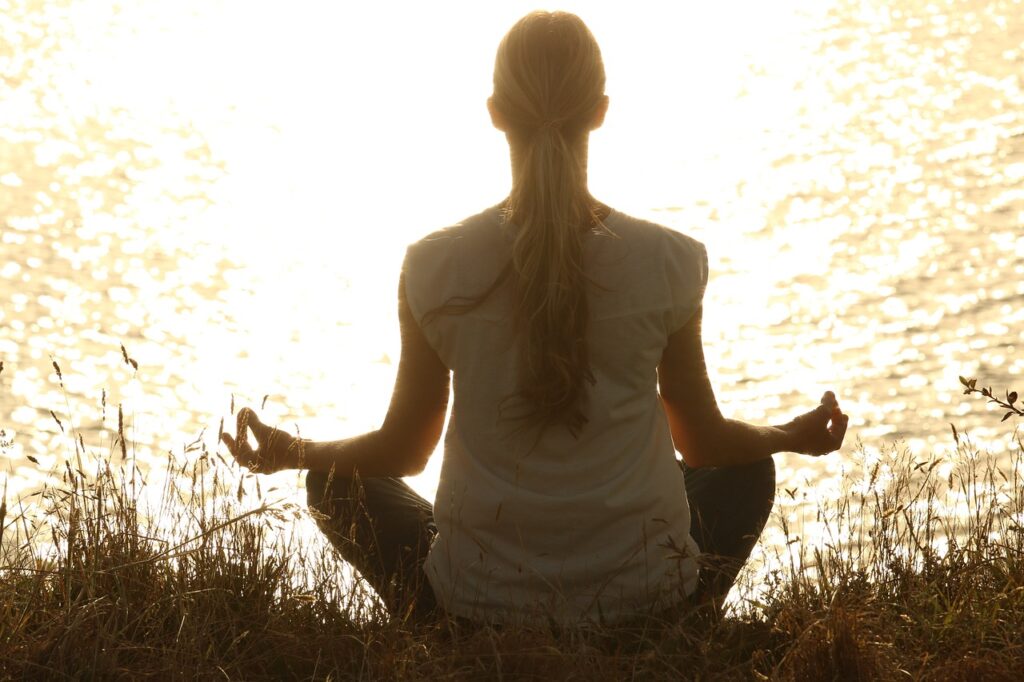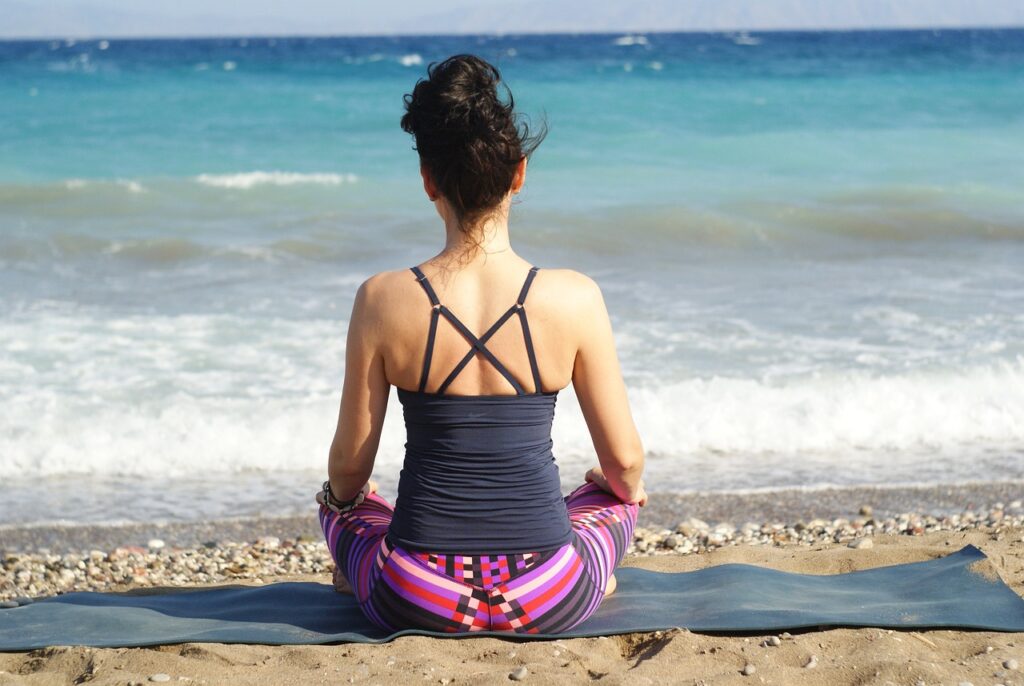In yoga, breathing techniques play a crucial role in enhancing the overall practice and experience. The art of breath control, known as pranayama, not only provides a foundation for various yoga poses but also deepens the mind-body connection. By focusing on the breath, you are able to calm the mind, relieve stress, and increase energy levels. Understanding the importance of proper breathing techniques in yoga will not only improve your physical well-being but also bring about a sense of inner calm and tranquility. So, let’s delve into the significance of mindful breathing in the world of yoga.
Improved focus and concentration
Pranayama and its impact on focus
Breathing techniques, also known as pranayama, play a crucial role in improving focus and concentration during yoga practices. When you engage in pranayama, you consciously regulate your breath, which has a direct impact on the state of your mind. By controlling your breath, you can bring your attention to the present moment, enhancing your ability to focus on the tasks at hand.
Regulating breath to control thoughts
The breath is intricately connected to the thoughts and emotions that arise within us. When we experience stress or anxiety, our breath becomes shallow and erratic. However, by practicing pranayama techniques, you can regulate your breath and calm your mind. This control over your breath allows you to minimize distractions and bring your thoughts under control, thus improving your focus and concentration.
Enhanced energy flow
Understanding energy channels in the body
According to ancient yogic wisdom, our bodies are composed of energy channels known as nadis. These nadis allow the flow of vital energy, or prana, throughout our system. When these energy channels are balanced and unobstructed, we experience enhanced energy flow and vitality.
Pranayama techniques to activate energy flow
Certain pranayama techniques are specifically designed to activate and regulate the flow of prana within our bodies. By practicing these techniques, you can remove any blockages in the energy channels and ensure a smooth flow of energy. This enhanced energy flow revitalizes your body and mind, leaving you feeling energized and rejuvenated.

Stress relief and relaxation
Deep breathing for stress reduction
One of the most effective ways to reduce stress and promote relaxation is through deep breathing. When we are stressed, our breath tends to become shallow and rapid. By consciously deepening and lengthening our breath, we can activate the body’s relaxation response, signaling to the nervous system that it is safe to calm down.
Balancing sympathetic and parasympathetic nervous systems
Deep breathing also helps in balancing the sympathetic and parasympathetic nervous systems. The sympathetic nervous system is responsible for our fight-or-flight response, while the parasympathetic nervous system governs our relaxation and restorative processes. By engaging in deep breathing techniques, we activate the parasympathetic nervous system, promoting a state of deep relaxation and stress relief.
Detoxification and cleansing
Breathing techniques aiding in detoxification
Breathing techniques in yoga can play a role in detoxifying the body. The breath is an essential tool for eliminating toxins from our system. When we breathe deeply, we increase the oxygen exchange in the lungs, allowing for the expulsion of carbon dioxide and other waste products. Additionally, deep breathing stimulates the lymphatic system, aiding in the removal of toxins from the body.
Improved lung capacity to expel toxins
Regular practice of pranayama leads to improved lung capacity, allowing for a more efficient expulsion of toxins. By expanding and contracting the lungs through various breathing exercises, you strengthen the respiratory muscles and enhance the overall functioning of the respiratory system. This increased lung capacity facilitates the removal of toxins, promoting detoxification and cleansing within the body.

Improved physical performance
Breath control for physical stamina
Breath control is a fundamental aspect of enhancing physical performance. When we engage in intense physical activities, such as yoga asanas or other forms of exercise, proper breath control becomes crucial. By synchronizing your breath with your movements, you can optimize your energy levels, improve endurance, and enable your body to perform at its best.
Efficient oxygenation and muscle support
Deep, focused breathing ensures efficient oxygenation of the muscles during physical activities. Oxygen is vital for muscle function and energy production. By supplying an adequate amount of oxygen through controlled breathing, you support your muscles, enhance their performance, and reduce the chances of fatigue and injury.
Promotion of mind-body connection
Breathing as a bridge between the mind and body
Breathing serves as a bridge connecting the mind and body. Deep, mindful breathing brings our attention to the physical sensations and movements within our bodies. By focusing on the breath, we develop a heightened awareness of our body’s needs, strengths, and limitations, facilitating a deeper mind-body connection.
Integration of breath with movement
Yoga practice involves the integration of breath with movement. With each inhale and exhale, we synchronize our breath with the specific movements and poses. This integration helps us cultivate a sense of flow and mindfulness, allowing us to be fully present in our practice. By consciously linking our breath with our movements, we enhance the mind-body connection and experience a greater sense of unity and harmony within ourselves.

Enhanced lung function
Growing lung capacity through breathing exercises
Engaging in breathing exercises helps improve lung capacity. Regular practice of pranayama expands the lungs, enabling them to take in larger volumes of air. As the lung capacity increases, the efficiency of oxygen exchange improves, and the respiratory system becomes stronger. This enhanced lung function contributes to overall well-being and promotes a healthy respiratory system.
Prevention and management of respiratory diseases
Deep, controlled breathing aids in preventing and managing respiratory diseases. By strengthening the respiratory muscles and increasing lung capacity, breathing exercises help maintain a healthy respiratory system. Additionally, the focus on deep breathing helps clear the airways, promote circulation, and improve respiratory efficiency, reducing the risk of respiratory conditions and managing existing respiratory issues.
Better emotional regulation
The impact of breath on emotions
Our breath has a profound impact on our emotions. When we experience stress, fear, or anger, our breath becomes shallow and rapid. Conversely, when we are calm and relaxed, our breath is deep and steady. By consciously regulating our breath, we can influence our emotions and promote better emotional regulation.
Using breath to calm the mind and stabilize emotions
When faced with challenging emotions, focusing on the breath can help calm the mind and stabilize emotions. By slowing down and deepening our breath, we activate the body’s relaxation response, which counteracts the stress response. This shift in breathing pattern signals to the brain that we are safe, allowing us to regain control over our emotions and find a sense of calm.
Improvement in meditation practice
Breathing techniques for deepening meditation
Breathing techniques are integral to deepening one’s meditation practice. The breath serves as an anchor, providing a focal point for our attention and helping to quiet the mind. By practicing specific breathing techniques, such as mindful breathing or alternate nostril breathing, we can attain a deeper state of relaxation and concentration, allowing for a more profound meditation experience.
Utilizing the breath as an anchor
In meditation, the breath becomes the anchor upon which we center our attention. By continuously observing the breath, we cultivate a sense of presence and inner stillness. As thoughts and distractions arise, we return our focus to the breath, allowing us to maintain a state of mindfulness and remain fully present in the present moment. Utilizing the breath as an anchor enhances our meditation practice and deepens our connection with ourselves.
Promotion of overall well-being
Balancing the body and mind through breath
The practice of breathing techniques in yoga helps to balance both the body and mind. Through mindful and intentional breathing, we can regulate our physiological functions, such as heart rate and blood pressure, promoting physical well-being. Simultaneously, the focus on the breath calms the mind, reduces mental chatter, and promotes mental clarity and emotional balance.
Harmonizing the physical and mental aspects of wellness
By harmonizing the physical and mental aspects of wellness through breath, we create an overall state of well-being. Our breath serves as a conduit, connecting our physical and mental realms. When we establish a healthy rhythm of breath, we enhance the flow of vital energy, improve cognitive functions, and foster a deeper sense of self-awareness. This integration of the physical and mental aspects of wellness promotes a holistic state of well-being.
